#art historian
Explore tagged Tumblr posts
Text



the grandiosity of it all.....
#dark academia#dark academia vibes#dark academism#lighthouse keeper#classic academia#lighthousecore#dark academic aesthetic#dark academia inspo#dark academia moodboard#art academia#art history core#art history student#art historian#architecture#chaotic academic aesthetic#chaotic academia#art history#artwork
44 notes
·
View notes
Text

Hi, this is my weekly journal! This week has been a really tiring one, as I was trying to finish writing my first thesis, the art history one (succeeded since yesterday 😅🙌🏻).
For those interested in how I'm using this notebook: On the left page I write short entries for each day about the things I did and how I felt, it's basically memory keeping. On the right page I track some habits for each day (these are prone to change, depending on what I'm focusing on or trying to be more consistent in), and underneath it I keep a simple, general weekly to-do list, which I try not to make too big because I'd never do anything 😅
On another note, I've been really enjoying this ice tea I made out of a mix of local herbs and Pukka's 'Love' tea blend full of rose & lavender. Perfect for summer 🌊🍵
#journals#journaling#hobonichi weeks#weeks#weekly#journaling community#art historian#witchyvibes#tea#tea time#mine
55 notes
·
View notes
Text
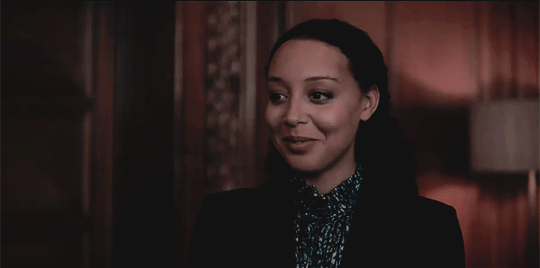
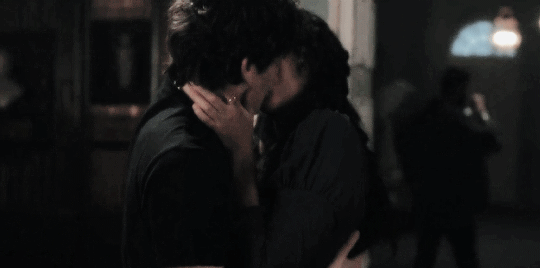
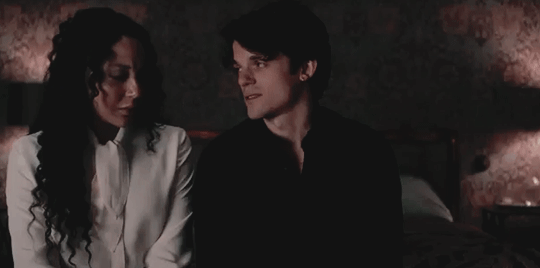

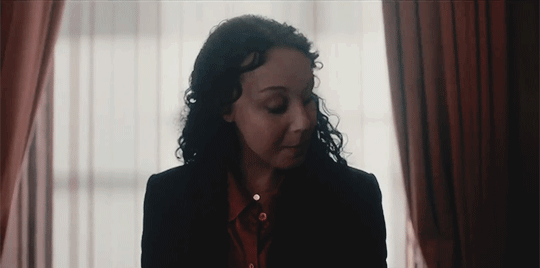
♡ ULTIMATE SHIPS MEME ♡: Current OTP's
↳ Marcus Whitmore & Phoebe Taylor in A Discovery of Witches (2018 - 2022)
“But here’s the thing, Phoebe.” Whitmore lowered his mouth until it was inches from her ear and dropped his voice to a whisper. “Unlike the men who have taken you out to dinner and perhaps gone back to your flat for something afterwards, your propriety and fine manners don’t frighten me off. Quite the contrary. And I can’t help but imagine what you’re like when the icy control melts.”
#adowedit#a discovery of witches#all souls trilogy#marcus x phoebe#otpsource#mine#dailyfictionalblackgirls#uktv#art historian#wonderfulwoc#adow season 3#adows2#shadow of night#the book of life#marcus whitmore#phoebe taylor#ugh i love them so much#minimmakes#tuserkers#ivashkovadrian#duchessofhastings#userrobin#userlenny#userelliee#arthurpendragonns#userveronika#tusersoph#userannalise#userakrivi#minim236
320 notes
·
View notes
Text


In recent years several publications have finally shed light on the pioneering contribution of women to the discipline art history: e.g. Rosa Schapire and Lu Märten have received their due appreciation and their work has been acknowledged as equal to their male colleagues’. Another long forgotten female art historian is Grete Ring (1887-1952), Berlin-born and the offspring of a widespread Jewish family that, among others, included painter Max Liebermann. Thanks to her liberal bourgeois background Ring was able to attend private institutions that prepared her for the „Abitur“ certificate which allowed her to study at university. But since women weren’t allowed to study in Prussia, Ring took up her art history studies in Berlin as guest student in 1906, a situation that only changed in 1908. During this time Heinrich Wölfflin is her primary professor who teaches his students art history as a combination of perceptive psychology and systematic formal analyses. In 1912 Ring earned her doctorate with a thesis on 15th and 16th century Dutch painting.
With the degree in her pocket Ring embarked on an impressive career in the art world that is vividly portrayed in the first ever biography of Grete Ring written by Sonja Hilzinger and recently published by Reimer: based on extensive research in often piecemeal archives Hilzinger traces Ring’s life and career and portrays a woman that was as exceptionally witty, headstrong and independent. After earning her doctorate she worked at Munich’s Alte Pinakothek, Berlin museums and as freelance art journalist. But after WWI her economic situation required a better-paid job that she found at Paul Cassirer’s gallery where she, among other things, gained attention for identifying forged Van Gogh paintings delivered to the gallery for an exhibition. In parallel Ring continued to write and do research about art, even during her forced exile in London: in 1949 she published „A Century of French Painting 1400–1500“, her well-received magnum opus.
Sonja Hilzinger’s biography provides a meritorious, well-documented and highly readable account of an outstanding art historian’s life and work that so deserved to be uncovered. Chapeau!
11 notes
·
View notes
Text

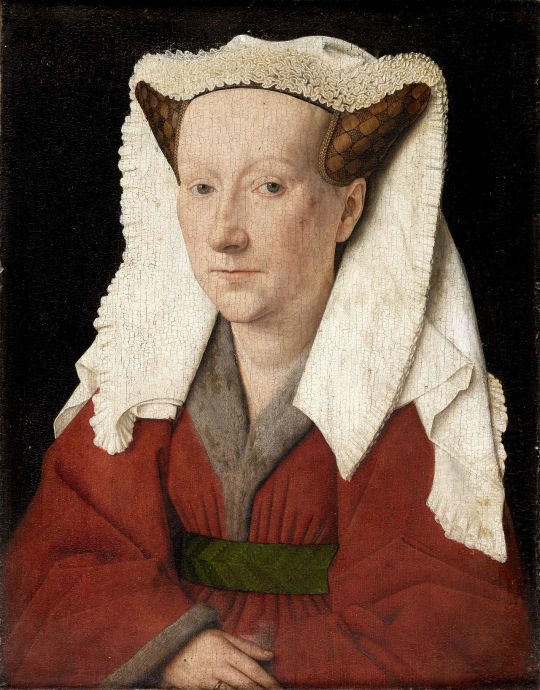

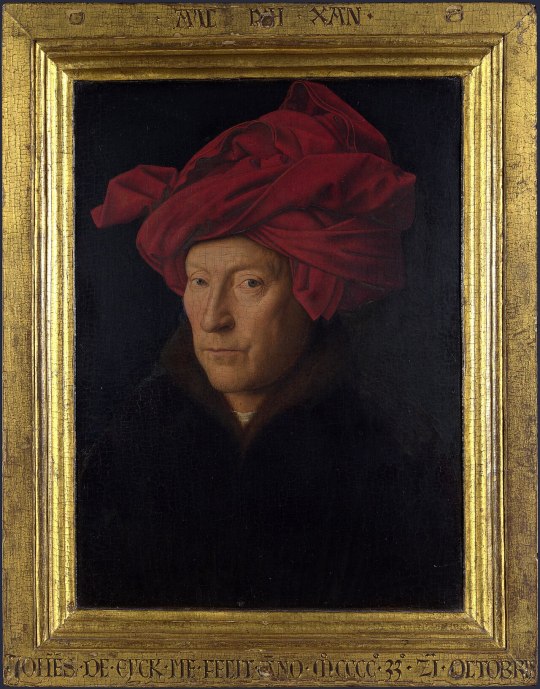
Differences Between the Southern and Northern Renaissance: A Study Through Jan van Eyck's "Portrait of a Man" (self portrait?)"
Written by ArtZoneStuff, 2024
The Renaissance, a period of cultural rebirth and revival of classical learning, manifested differently in the southern and northern regions of Europe. While both regions shared a common interest in humanism, art, and science, the way these ideas were expressed varied significantly due to differing cultural, social, and economic contexts.
The Southern Renaissance, centered in Italy, emphasized classical antiquity, proportion, perspective, and human anatomy. Artists like Leonardo da Vinci (1452-1519), Michelangelo (1475-1564), and Raphael (1483-1520) focused on idealized beauty, harmony, and balanced compositions.
In contrast, the Northern Renaissance, which flourished in regions such as the Netherlands, Germany, and Flanders, focused more on meticulous detail, naturalism, and domestic interiors. Northern artists like Jan van Eyck (1390-1441), Albrecht Dürer (1471-1528), and Hieronymus Bosch (?-1516) were known for their detailed and realistic depictions of nature, landscapes, and everyday life. Their work often contained rich symbolism and a focus on surface textures and fine details.
Jan Van Eyck's self portrait
Jan van Eyck's "Portrait of a Man" (Appendix 1), also known as his Self-Portrait from 1433, is a small-scale Dutch portrait measuring 25.9 x 33.1 cm (Google Arts and Culture, n.d.). The man in the painting emerges from a dark background, with his body depicted in three-quarter view. On his head, he wears a red chaperon, often mistaken for a turban, styled upward rather than hanging down (Nash, 2008, p.154). His dark fur-lined garment resembles the attire in "The Arnolfini Portrait" (Appendix 2), indicative of wealth during an era when textiles were extremely costly (ArtUK, 2019). His detailed face features a faint stubble, white highlights in his eyes and on his cheekbones, non-idealized features such as wrinkles and veins on his forehead, showcasing the Northern realism (Hall, 2014, p.44).
As described by the English art historian James Hall, the painting appears almost fleeting and alive - with the gaze seeming to capture the viewer before the face, and just like that, the penetrating stare turns away, perhaps followed by the light streaming from the right (Hall, 2014, p.43). The portrait conveys that the artist scrutinizes everything closely, including himself, without losing sight of the bigger picture (Hall, 2014, p.43). All these naturalistic details clearly indicate a Flemish painting.
The work is considered a self-portrait due to the frame. Jan van Eyck often used frames he designed and painted to enhance understanding and add meaning to his works (Hall, 2014, p.43; The National Gallery, 2021, 4:45-5.15). The gilded original frame of "Portrait of a Man" is crucial for interpreting the piece. Inscribed at the top of the frame is Jan van Eyck’s motto: "Als Ich can," translated to English: "As I can." At the bottom is his signature, and the date in Roman numerals: October 21, and in Arabic numerals, the year 1433. This results in the inscription: "Jan van Eyck made me on October 21, 1433" (Hall, 2014, p.43). He capitalizes the "I" in "Ich," playing on the pun Ich/Eyck. The motto can be interpreted as either boastful, "As I can," or modest, "As best as I can" (Hall, 2014, p.43).
The inscription highlights the relationship between words and image, indicating his awareness of his talent. His skill in painting surpasses that of a craftsman, which painters in this period was considered as. "As I can" suggests he is the only one capable of achieving such stylistic naturalism which cannot be imitated (The National Gallery, 2021, 5:10-5:58). "Jan van Eyck made me" also reflects a high degree of self-awareness, as he claims a painting of this quality, emphasizing that he created it and is conscious of his own abilities (The National Gallery, 2021, 5:10-5:58). All of this, along with his signing of his works as one of the first artists to do so, demonstrates a desire not to remain an anonymous craftsman (Hall, 2014, p.43; Farmer, 1968, p.159; Blunt, 1962).
The motto "Als Ich can" appears on several of his works, but the self-portrait is the only one where it is so prominent and clear. Additionally, the motto is placed at the top of the frame, where he would usually write the model’s name, thus, the motto can be seen as the model's identity (The National Gallery, 2021, 5:15-6:25). This, along with his direct gaze at the viewer, suggesting it was painted from a mirror, are the strongest indicators that the portrait is a self-portrait (Hall, 2014, p.43).
However, this can be taken with some skepticism, as other portraits by him, such as "Portrait of Margaret van Eyck" (Appendix 3) and "Portrait of Jan De Leeuw" (Appendix 4), share the same penetrating gaze (Pächt, 1994, p.107). This might instead indicate his realism, where the painter’s position does not function as an observer but rather takes an active role. The model’s direct gaze towards the viewer shows that the model has looked at Jan Van Eyck. This shows Jan Van Eyck possessing an active role, which was very different from painters in this period, and by doing so, creating a new respect for the painter as an artist, again showcasing his self-awareness of his position and talent (Pächt, 1994, pp.106-108).
Literature
Books and Journals:
Hall, James (2014). The self-portrait, a cultural history. London: Thames & Hudson Ltd
Nash, Susie (2008). Northeren Renaissance Art. New York: Oxford University Press.
Blunt, Anthony (1962). The Social Position of the Artist. Artistic Theory in Italy, 1450-1600. Oxford & New York: Oxford University Press
Farmer, David (1968). Reflections on a Van Eyck Self-Portrait. Oud Holland. S. 159
Online
Google Arts and Culture (n.d.): Portrait of a Man in a Red Turban (selfportrait). Found at: https://artsandculture.google.com/asset/portrait-of-a-man-in-a-red-turban-selfportrait/SAFcS1U8kYssmg?hl=en
ArtUK: Butchart, Amber (2019). Fashion reconstructed: the dress in Van Eyck's Arnolfini portrait. Found at: https://artuk.org/discover/stories/fashion-reconstructed-the-dress-in-van-eycks-arnolfini-portrait
The National Gallery (2021). Jan van Eyck's self portrait in 10 minutes or less | National Gallery. Found at: https://www.youtube.com/watch?v=VMJK1EDG2X8&t=1s&ab_channel=TheNationalGallery
#my post#history#famous artists#art exhibition#jan van eyck#renaissance#northern renaissance#netherlands#flanders#germany#painting#oil painting#art history#artwork#art#histoire#literature#portrait#raphael#leonardo da vinci#arnolfinis wedding#art historian#research#analysis#art analysis#art anatomy#self portrait#self portrature#self portrayal#portraiture
25 notes
·
View notes
Text




Look at all the details of the High Cathedral of Saint Peter in Trier, Germany. It’s the oldest church in Germany and had multiple renovations during the centuries.
[pictures taken in June 2024]
#art study#art studies#architecture#architettura#romanesque#romanesco#art history#art historian#church#church photography#architecture photography#trier#germany#kirche#study vibes#studyblr#old architecture#renaissance#roman empire#roman emperors#römer
14 notes
·
View notes
Text
do any art historians / museum people here like the white cube model for museums ? i think personally its history with modern art has given it disfavor in my mind, but i think some museums (like the v&a) have used it for pre-modern art, and it seems to work. so if you do like it - do you like it as a display method, or do you like it because you like modern and contemporary art ?
#white cube#museum#museum studies#modernism#modern art#art history#art historian#i cant believe this preposterous occurance#nerd stuff
6 notes
·
View notes
Text
8/31/24
As an art historian who specializes in Indigenous arts, and was trained in Canada, I am having reverse culture shock now that I’m back in US academia. Everything is ‘Native’ and ‘Indian’ and I’m the weird one for saying ‘First Nations’.
It’s going to be an interesting five years.
12 notes
·
View notes
Text
Being in an art history class is hilarious because you're supposed to act like you're giving an in depth analysis of a painting when in reality you're just saying "look at this stupid dumb idiot in his stupid dumb idiot pants" but in fancy talk so it comes out as "It appears that the people of this time period had a very particular and impractical fashion in order to showcase their status in society."
7 notes
·
View notes
Text

in my mind, it's still summer
- t
#dark academia#dark academia vibes#dark academism#lighthouse keeper#classic academia#lighthousecore#dark academic aesthetic#dark academia inspo#dark academia moodboard#art academia#dark academia outfit#dark academic#dark academia mood#art history core#art history student#art historian#chaotic academic aesthetic#chaotic academia#light academic aesthetic#light academism#chaotic thoughts
26 notes
·
View notes
Text

Élie Faure, Napoleon
#going feral#élie faure#faure#Napoleon#quote#book#book pic#napoleonic#napoleonic era#napoleon bonaparte#history#essay#art historian#French#French history#frev#France#napoléon#first french empire#French literature#literature#elie faure#classics#classic#poetry#Christianity#Christian#religion
33 notes
·
View notes
Text
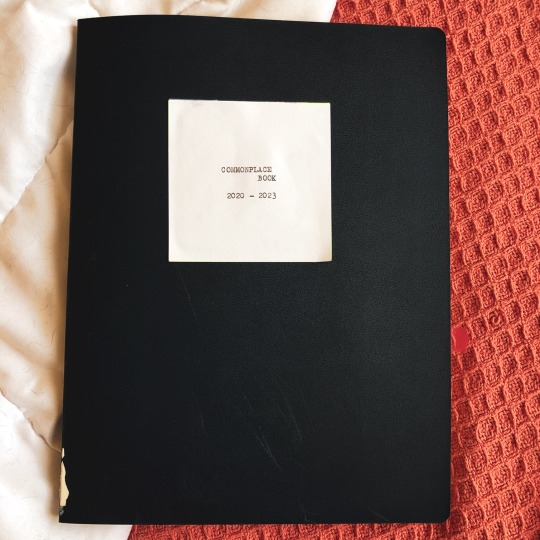

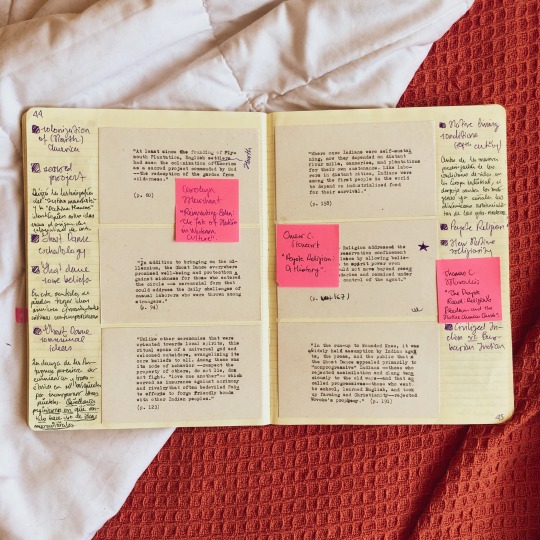

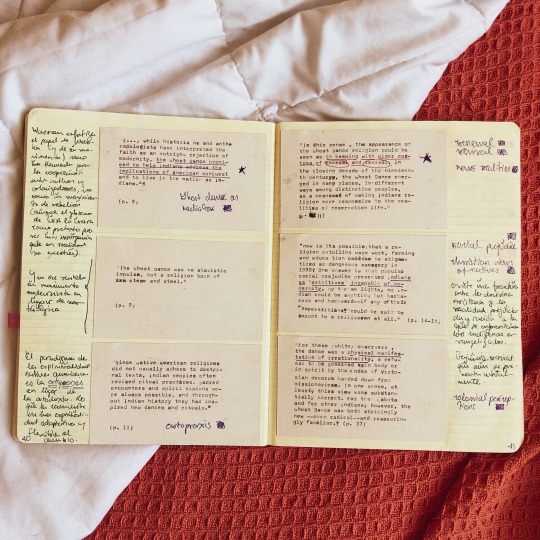

Commonplace book 2020-2023
21 notes
·
View notes
Text


Brenda Kuhn (1911-1993) Original 1948 Photograph | Brand: East Coast Books
Brenda Kuhn (born June 13, 1911 in New York City -1993) Art Historian, amature photographer, Co-manager, Kuhn Estate, New York City, 1949-1956.
On the back she writes - To Deatrest Dad from Brenda. Washington Square, November 1948. Approx. 2.5 x 3.5 in. Accompanied by a 1967 bank check signed by Brenda Kuhn. Provenance: Kuhn Estate.
2 notes
·
View notes
Text
For the first time in my life, I’ve been accused of mansplaining. As an art historian, if you say something like “this artist is famous for other stuff too”, does that fall under the umbrella of mansplaining?
Because I don’t see it.
16 notes
·
View notes
Text
An update, academic burnout and how I want to use social media
Hi everyone, long time no see. As some of you already know, I've been going through a lot of personal things, transformative things, weird things. I am currently in the long process of getting my degrees, which has been challenging to say the least. The whole process has now prolonged even more, as my life has had taken a completely different turn the last couple of months. I went through some very tough life events that were full of heavy emotions, but they were also deeply transformative. They marked a culmination of something that had been unraveling in me for a long time, something that began sometime when I was around my 3rd year of University.
That is the time when I reached peak academic burnout. Up until my 3d year of uni, I had been bathing in inspiration each day, as I got to learn about art and human culture and all the things that make me understand existence better and love life better. I was studying hard, my grades were amazing, but physically I was not doing good at all. Very soon my mental health started to decline as well and nothing was the same. My 3rd year of University was the time where I came around and realized that I was pushing myself way above my limits, so naturally my body and mind said no more. I love art, history and folklore with all my heart and I am so grateful for being able to study those topics at such a good University and for having such great experts teach me so many invaluable things. However, studying there was very hard, often unreasonably so, and many things have happened to me there, things that were very unfair, and that is to say the least. I realized I had been pushing myself in order to attain certain ideals and to fulfill certain expectations, which definitely weren't mine. That's the perfect formula to get to burnout, which is exactly what happened to me.
Staying up late in order to memorise each and every term perfectly, having 3 hours of sleep, having health issues in the morning, acing the exam then feeling numb. Rewriting sentences indefinitely just to get them "perfectly right", to create "the best essay/seminar ever" and to create something that's gonna be..different. Rinse and repeat.
This way of functioning translated over to other parts of my life as well, even into my lovely project/blog 'Theatrum Tenebrarum', which is supposed to be a safe space for myself and others. I envisioned Theatrum Tenebrarum as a place for me to share what I have learned, in the most simple and interesting way, to inspire others to look for deeper meaning behind the things we love in popular media, and frankly to just have a space for me to express myself. Without being aware of it, righr away I started to become very meticulous about my words, my sentences, my topics I'd like to write about. This habit of wanting to create "perfect" texts/"perfect" content had engulfed me, and I stopped posting altogether, because that is too much for me, and I don't want the safe online space I created to be another "University course" to me.
So from now on, 'Theatrum Tenebrarum' is going be what it is supposed to be, and that is a safe space for learning, for creativity. A space that celebrates the mystical, as well as the mundane, as they are intertwined. I will still be writing texts about the cool things that inspire me, but they won't be the only thing I post. Since my other passion is video making, I decided to open a YouTube channel where I plan on posting vlog-style videos and sharing the things I learn about. I'd also like to focus a bit more on slow, magical living, mindfulness and journaling, as those were of great help when I was figuring out how to heal from burnout. I'd also like to film about how I commonplace information about the things I learn about, while talking about folklore, art, mysteries, and all of those topics. If that is something you think you'd find interesting, be sure to subscribe to my channel :) (I'm putting the link below). This is my way of stepping into authenticity and sharing the things I want to be sharing, and how I want to be sharing them. Thank you for reading, if you've come this far, and thank you for being here.
My YouTube channel: https://youtube.com/@theatrum_tenebrarum?si=zOv74vojhPbs9dxt
Here are some winter vibes from my hometown, house, local magical fairy hill, and a photo of my visit to one of the most magnificent gothic cathedrals in the world, the Chartres cathedral, that I visited in early spring.


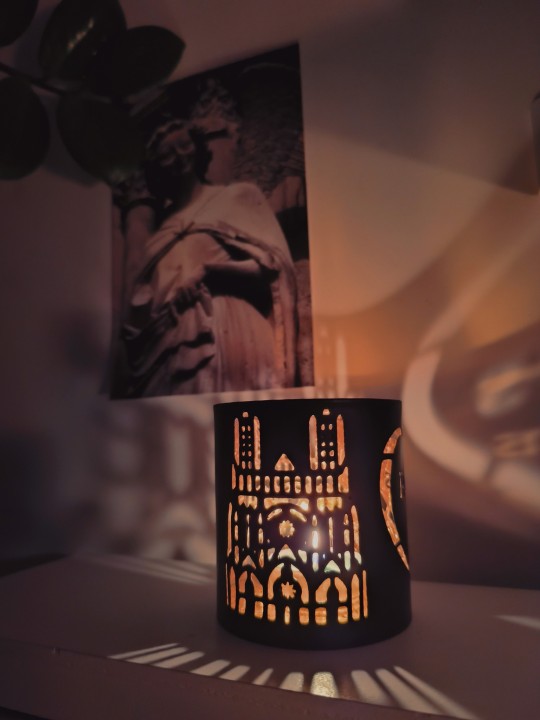
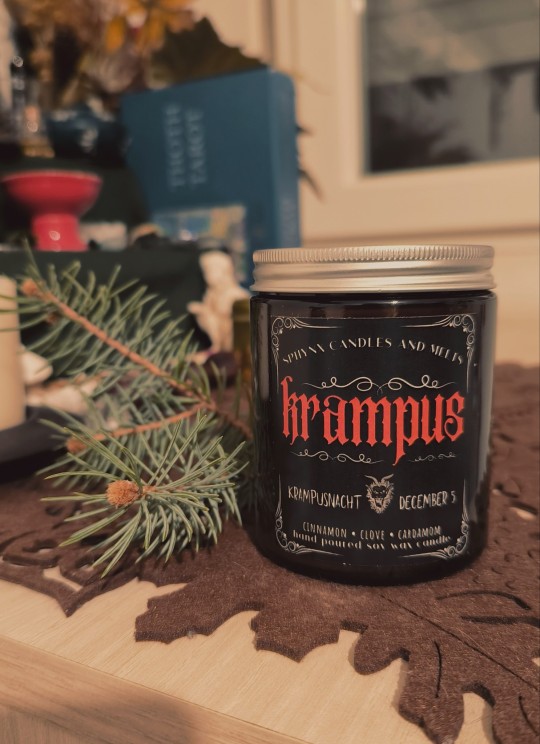
-Heidi (@theatrum-tenebrarum) 🖤
#art historian#folklorist#academia#academic burnout#burnout#burnout recovery#youtube vlogs#youtube#burnt out writer#video editing#slow living#witchyvibes#journaling#commonplacing#safe space#mindfulness#gothic#folklore#forest#i lived the dark academia life so you don't have to#and it's not fun when it takes place in reality#Chartres#cathedral#mine
5 notes
·
View notes